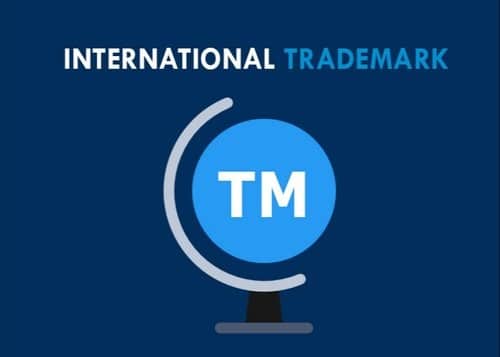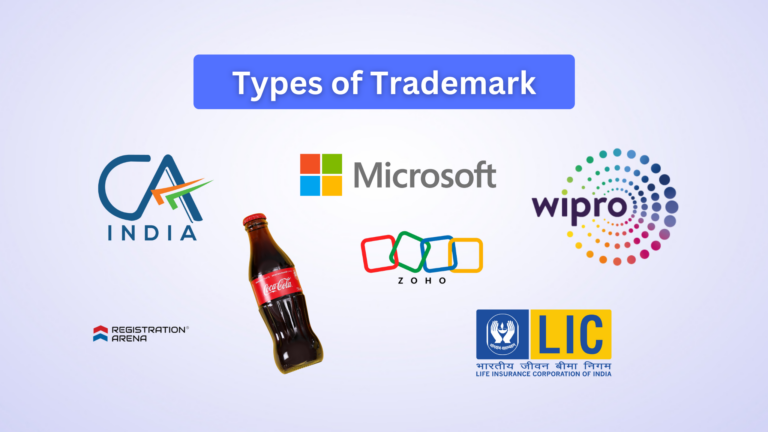What is an International Trademark?
A Trademark that is registered internationally can be termed an International Trademark. An Internationally registered trademark gives the owner the right to expand their reach and easily apply in multiple countries using a single application filed through the centralized system of the World Intellectual Property Organization, International Bureau.
Advantages of International Trademark Registration
- A single application is required for multiple countries.
- International recognition of your brand.
- Your products will be more easily accessible to global consumers if you operate online.
- The owner of a Registered Trademark has sole ownership of the trademark.
- The registration of a trademark creates an intangible asset for an organization, namely Intellectual Property.
- No competitor or third party may use the mark or logo that you have registered as a trademark.
- After registering the trademark, you only have to pay the maintenance and renewal fees, which are due after ten years.
How to register a Trademark internationally
There are two ways to file for your trademark to be registered internationally. One method is to use the Madrid Protocol, and the other is to hire a local attorney in each individual country where you would like rights and have that local attorney file the application on your behalf.
The Madrid System
The Madrid system also known as the Madrid protocol is considered as the Number 1 solution to international trademark registration. Through the Madrid system, WIPO (World Intellectual Property Organization) centralizes the registration and management of international trademarks.
The Madrid system is not only a convenient but also a cost-effective method of registering and managing trademarks around the world.
How to apply using the Madrid system
One has to file a single application in any one language through the Madrid Online Services site and then pay only one set of fees for multiple territories.
Step 1. Application
First, the Applicant has to file a Basic Application/Registration (Basic Mark). A basic mark is required before filing an international application for the trademark through the office of origin. Check the box for each country where rights are desired. The application is to be made from the home country.
Details of Application
- The nature of the application – whether it is a standard mark, a certification mark, or something else that we have already discussed.
- Individuals, start-ups, small businesses, and others are the most common types of applicants.
- Specifics about the applicant
- Details of the applicant’s agent, if any.
- Trademark Specifications
- Goods and services are classified and described.
- Statement of intent to use/proposal to use
- Any claim of priority
- Signature and verification
Step 2. Certification
The trademark applicant must file an international trademark registration application under the Madrid Protocol through the applicant’s trademark office, also known as the office of origin. In the case of Indian businesses, the office of origin is the Office of Registrar of Trademarks, India. The trademark application will be processed by the origin office and filed with the Intellectual Property Organization in Geneva. The office of origin certifies the international application and forwards it to the WIPO. The application is then sent to each of those countries for their individual review
Step 3. WIPO Process
WIPO does a formal examination. On approval, registers the mark in the International Register. Then it publishes the International Registration in the Gazette. (The WIPO Gazette has the latest data on the new Madrid system registrations, renewals, subsequent designations, and modifications affecting existing registrations). And then finally Issues a certificate of registration and notifies the Contracting Parties.
Step 4. To the office of the designated Contracting party
Within 12 to 18 months, the scope of protection will be determined by a substantive examination under domestic law. In accordance with their laws, the IP Offices of the territories where you want to protect your mark will make a decision within the applicable time limit (12 or 18 months). WIPO will record the IP Offices’ decisions in the International Register and then notify you.

Who can use the Madrid system?
A legal resident, having an industrial or commercial establishment in, or a citizen of one of the 125 countries covered by the Madrid System’s 109 members. If you have a personal or business connection to one of the Madrid System’s members, you can use it.
Drawbacks of the Madrid System
- If a country rejects your application filed by the Madrid system then you have to apply through a local attorney in the country.
- The Registration process through the Madrid system takes 18 months (approximately) making the National procedure a faster method.
- Some countries do not accept recognized WIPO certificates of registration and will require you to request a certificate from the National Trademark Office, which will require you to pay an additional fee.
- There are still several countries that are not under the Madrid system and require registration locally. ( for example Saudi Arabia)
Hiring Local Attorneys in Individual Countries
One can hire a local attorney for the filing and procedure of trademark registration in the desired country. The Attorney will file your application according to the local rules, procedures, and requirements.
This option may feel comparatively expensive but is independent of the trademark of your home country. Meaning that if at any time anything happens to the trademark of your home country, it would not affect the trademark of the other(s). It will be independent as it will be in a different jurisdiction.
Things to keep in mind while filing an application
- Search – Before filing an international application, you should conduct a search to determine whether identical or similar marks already exist in your target markets.
- Your identity/mark in your home country IP Office – To file an international application, you must first register or apply for a mark with your “home” IP Office.
- Awareness – One should go through the WIPO guidelines and website to be aware of the procedure and get comfortable with the process and system.
- Expanding – Once you hold an international registration, you can later add more countries. You can always apply for an extension of protection of your original international registration later.
Conclusion
There is no single method for registering your trademark in every country on the planet. Each country is sovereign in its own right and must file its own trademark application. So, regardless of how you apply for your trademark on a global scale, each individual country will review your application and either approve or deny it based on their local register.








